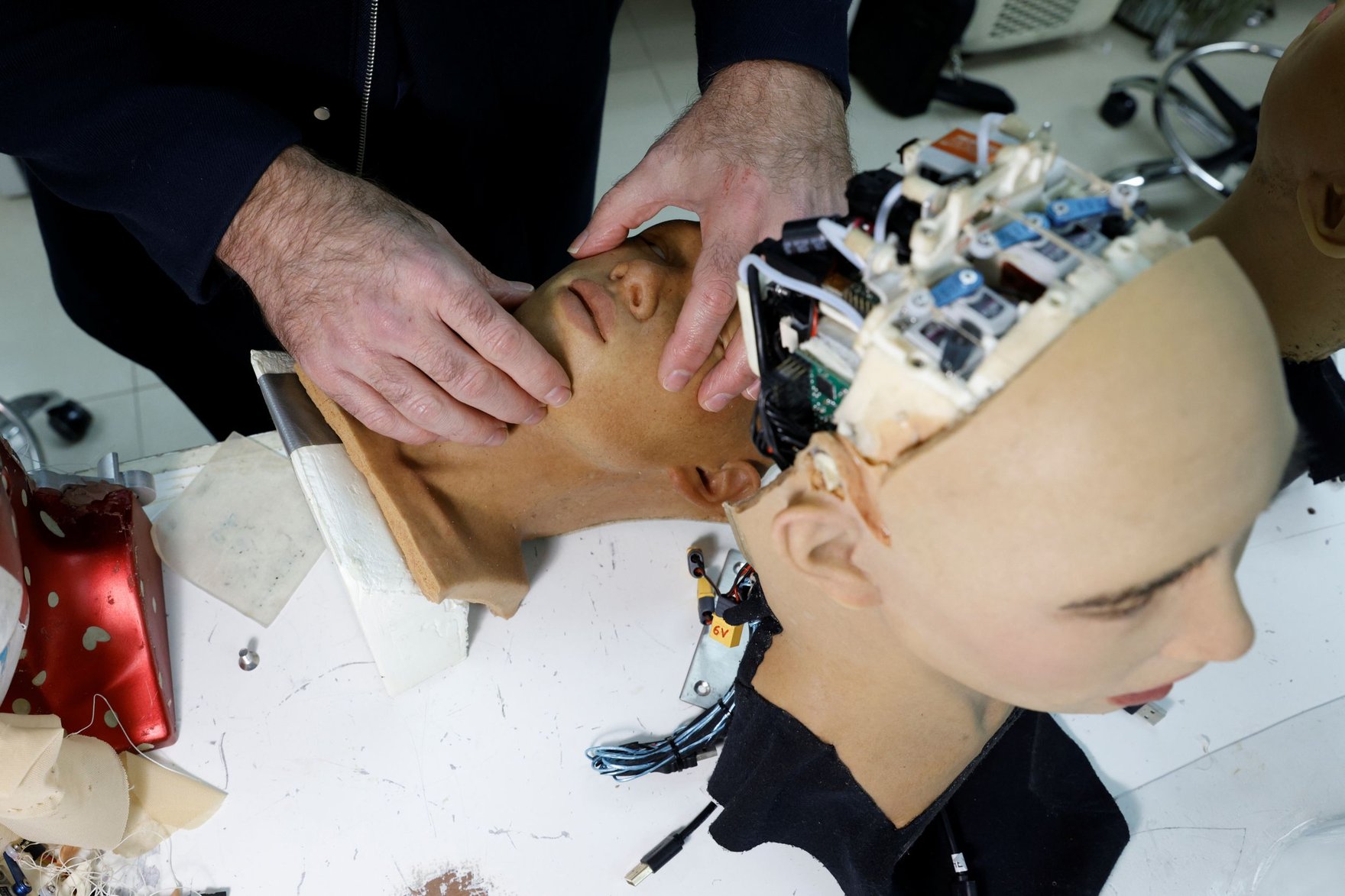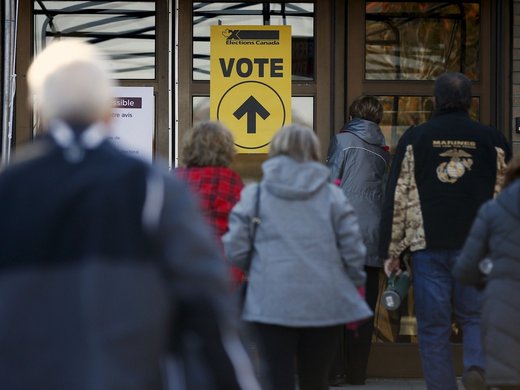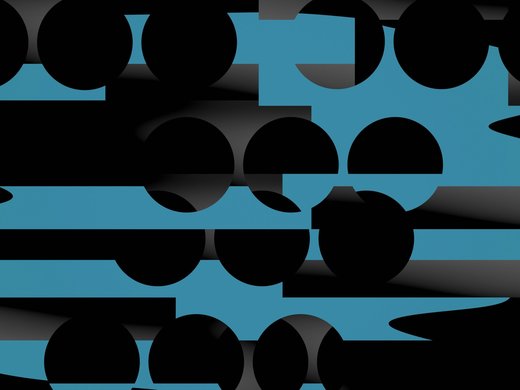Internet videos of human-like machines doing intricate tasks while voicing their inner thoughts are a portal into the future. Before long, synthetic androids will permeate the real world alongside humanity. But compared to uncertainties about artificial intelligence (AI) software, public reaction to intelligent robots — and their embodied nature — will be far more visceral.
Managing the pitfalls of this generalized anxiety will be most difficult for open societies in the West. Authoritarian states obsess over co-opting new tools into existing control structures. By contrast, power in liberal democracies is diffuse by design. New technology thus amplifies pre-existing trends or elevates new kingmakers within business, media and politics — for better or worse. Think of the epic clout now held by Sam Altman, Jeff Bezos or Mark Zuckerberg, among others.
The robot revolution will be no different. Advanced humanoids will be especially easy to anthropomorphize, provoking both excitement and fear. This will convince some groups that robots should be granted rights and privileges akin to human citizens. Indeed, entire conferences, subcultures and design principles originating in the West are dedicated to shaping the personhood of intelligent machines.
Such efforts will be met with fury and resistance from others. Union activists in the United States, for example, are already lobbying to ban autonomous freight trucks from public roads.
To prepare, economists are busy calculating the possibility of mass labour displacement. But technological change is always a non-linear process with unintended knock-on effects. Western policy makers must recognize the spread of robots — vital to twenty-first-century prosperity and security — will disrupt more than just the job market.
Chatbots are already functioning as stand-ins in all kinds of intimate human relationships. Conversant, lifelike humanoids are bound to increase this dramatically.
Robots Needed — but Are They Wanted?
The emergence of general-purpose machines is colliding with several other trends.
Populations across the industrialized world are aging, fast. Yet even as longevity is increasing, seniors are not necessarily becoming healthier. Public health care systems designed decades ago are thus crumbling under enormous financial strain. Elsewhere, Western governments are rearming amid rising authoritarian adventurism. Climate change is rendering swathes of territory inhospitable to human life, and anemic productivity growth risks unravelling the high living standards most Westerners are accustomed to.
These are just a few scenarios where smart, nimble robots could provide immense value. But it is not that simple.
The thought of automating elder care — as Japan has experimented with for a decade — will horrify many voters. Eyeing the ballot box, political candidates may soon launch strident attacks against pragmatic ideas for using robots to improve service delivery. Yet pledging to bring in tens of thousands of immigrant workers to support a robust care economy amid a housing crisis is also a losing electoral strategy. Ultimately, these decisions could stall public health care reform at precisely the wrong time.
The adoption of autonomous weapons, meanwhile, could shrink chronic military recruitment deficits and deliver new strategic advantages. However, these weapons are almost guaranteed to cause fatal accidents at some point. Instances of friendly soldiers or innocent civilians killed by rogue algorithms and robotic guns would likely damage public acceptance of huge military budgets now required in a hostile and fragmented world.
A steep drop in openings for roles disproportionately filled by foreign workers could also strain ties between the West and labour-exporting countries in the Global South. At present, remittances to low and middle-income nations — roughly US$685 billion in 2024 — keep countless communities afloat and help offset states’ limited fiscal agency. These cash flows are crucial, especially as wealthy countries keep slashing their international aid.
“Raw labour power is the most important (and often the only) asset low-income people around the world have,” reads a 2023 essay from former World Bank economist Lant Pritchett. He argues immigration reform makes more economic and moral sense than subsidizing automation. “The drive to make machines that perform roles that could easily be fulfilled by people not only wastes money but helps keep the poorest poor.”
Navigating The Extremes
Unless governments get ahead of these social, political and other related issues, opportunistic actors will capitalize on this gap.
For one, androids displaying the hallmarks of consciousness will create new allure around long-termism. This ideology — popular among technologists, philosophers and Silicon Valley elites — prioritizes humanity’s prospects over thousands of years above the needs of people alive today. The ability for robots to do jobs at scale that many persons are unable or unwilling to do will represent a tipping point for the movement. True believers of this ideology will feel self-affirmed in their antidemocratic ethos that humans, as individuals, hold little intrinsic value. Despite how far-reaching it may sound, their political influence should not be discounted.
The most high-profile adherent to long-termism is Elon Musk. In a February appearance on Joe Rogan’s podcast, the tech baron called empathy the “fundamental weakness of Western civilization.” In an earlier interview with Bloomberg, Musk predicted with glee that humanoid robots will outnumber people globally by 2040.
By contrast, new factions of counter-elites will detest AI-powered robots for further eroding traditional conceptions of family, work, gender and religion. Indeed, chatbots are already functioning as stand-ins in all kinds of intimate human relationships. Conversant, lifelike humanoids are bound to increase this dramatically.
Expect a type of populism 2.0 to take hold among disaffected voters across the Western world. Caught on the wrong side of economic transformations and alienated by the steady decay of collective life, they will throw their support behind charismatic leaders pitching simplistic solutions to complex problems. Political violence directed against robot units, advocates and infrastructure may even become a source of personal meaning and tribal affiliation.
In 2015, many residents in Philadelphia delighted in the decapitation of HitchBOT when it visited their city. The benign, hitchhiking robot was created by researchers at Canadian universities to test public reaction to novel technology. Imagine this dynamic playing out on a much grander scale. The recent vandalism of Tesla dealerships and harassment and intimidation of Tesla vehicle owners, or torching of Waymo robotaxis, could likewise be harbingers of future anti-establishment backlash.
For democracies to avoid being undone by today’s breakneck pace of technological change, including the popularization of humanoid robots, such extremist responses must be challenged and defused.
“When both conservatives and progressives resist the temptation of radical revolution, and stay loyal to democratic traditions and institutions,” historian Yuval Noah Harari writes in his latest book, Nexus, “democracies prove themselves to be highly agile.” Such self-correcting mechanisms enable open societies “to ride the technological and economic waves better than more rigid regimes.”
The alternative is to squander the opportunity to grow collective prosperity and, instead, embolden political provocateurs.




